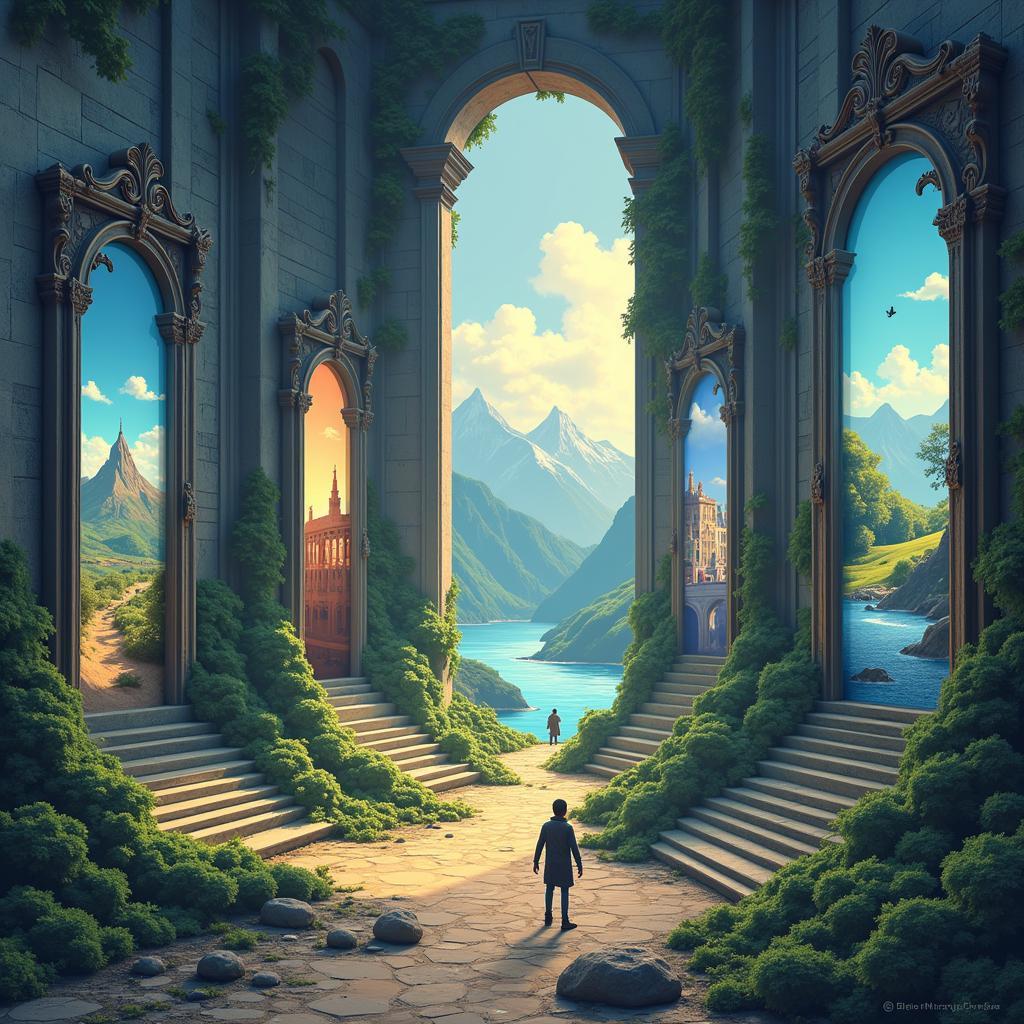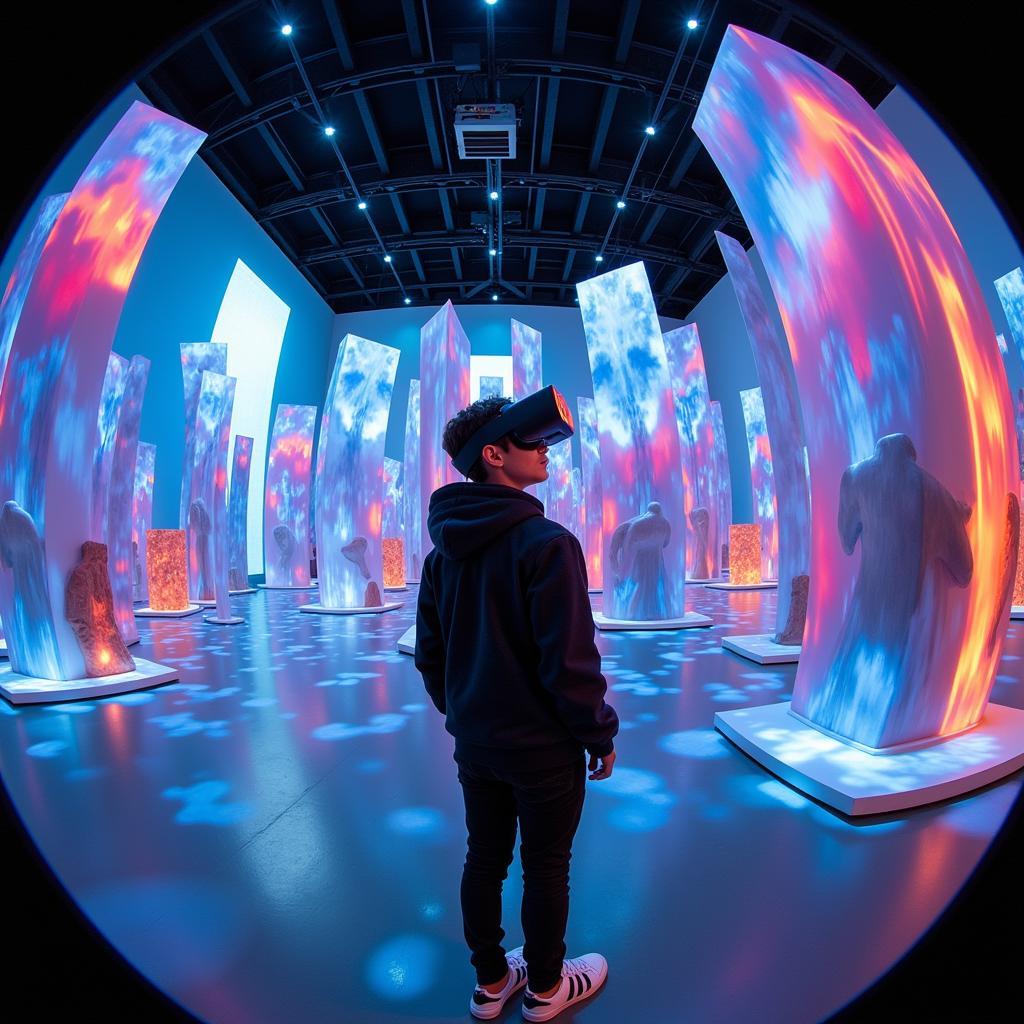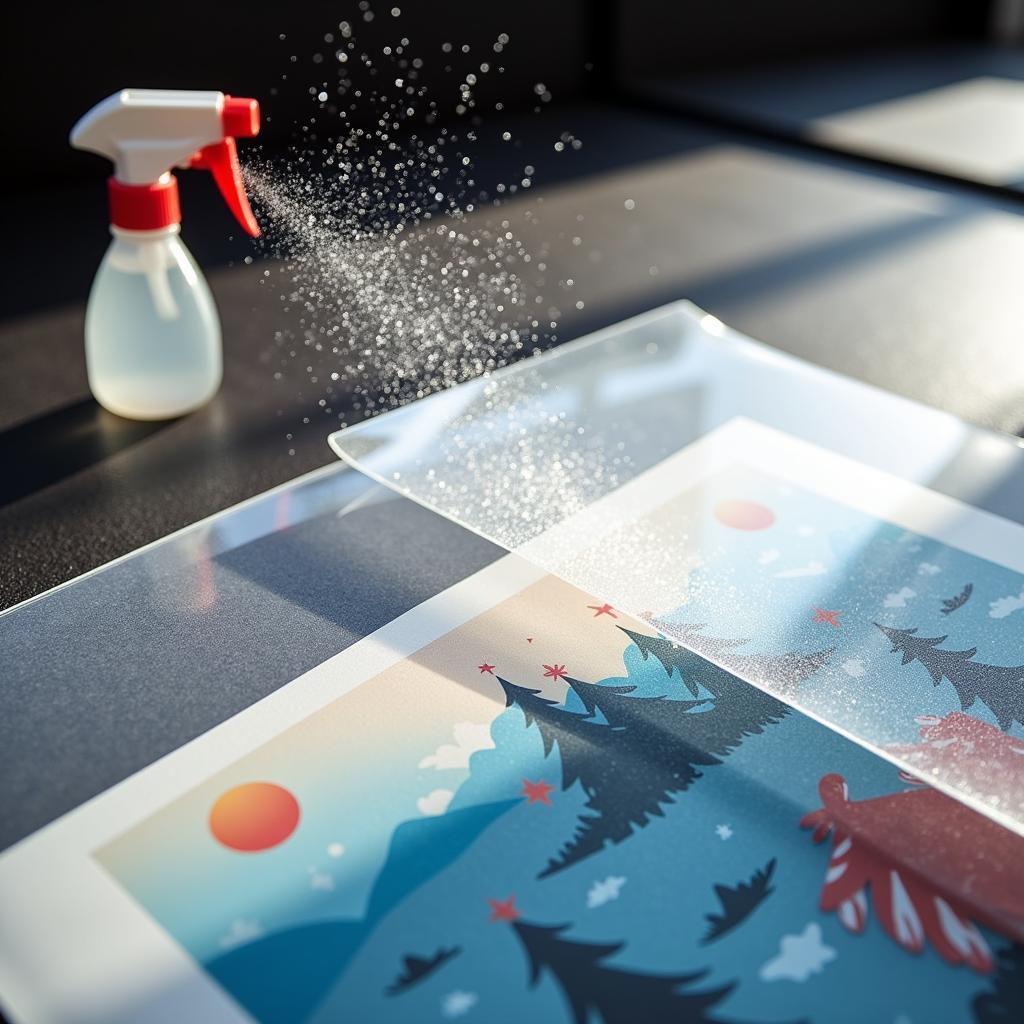Exploring the Infinite Canvas: A Guide to Multiverse Art
Multiverse Art is rapidly emerging as an exciting new frontier in the digital art world. This innovative art form leverages cutting-edge technology to transport viewers to breathtaking virtual realms, blurring the lines between physical and digital realities.
What is Multiverse Art?
 Multiverse art concept
Multiverse art concept
Multiverse art encompasses a broad spectrum of digital art practices that utilize immersive technologies like virtual reality (VR), augmented reality (AR), and extended reality (XR) to create interactive and multi-sensory art experiences. Unlike traditional art forms confined to physical spaces, multiverse art exists within digital ecosystems, offering artists a limitless canvas to explore, experiment, and push the boundaries of creativity.
The Allure of the Digital Beyond
What truly sets multiverse art apart is its ability to transcend the limitations of the physical world. Artists can craft intricate virtual environments, manipulating light, sound, and space to evoke a wide range of emotions and challenge conventional artistic norms. Imagine stepping inside a painting, interacting with the subjects, or even influencing the narrative unfolding within the artwork. Multiverse art transforms these fantastical concepts into tangible experiences.
Key Characteristics of Multiverse Art
Multiverse art is characterized by several defining features that set it apart from traditional art practices:
- Immersion and Interactivity: By integrating technologies like VR and AR, multiverse art immerses viewers directly into the artwork. They are no longer passive observers but active participants, shaping their journey through the virtual environment and influencing the artwork’s narrative.
- Collaboration and Co-creation: Multiverse art often transcends individual creation, fostering collaborative projects where artists, programmers, and technologists work in unison. This interdisciplinary approach leads to richer, more complex, and multifaceted artwork.
- Decentralization and Accessibility: Unlike traditional art confined to galleries and museums, multiverse art is inherently decentralized and accessible. Anyone with an internet connection and compatible devices can experience these immersive art forms, democratizing access to art and fostering a global community of creators and enthusiasts.
 Virtual Reality Art Experience
Virtual Reality Art Experience
Exploring Different Facets of Multiverse Art
Multiverse art manifests in various forms, each offering a unique perspective and artistic experience:
- Virtual Reality Art: Utilizing VR headsets, artists construct fully immersive digital environments that viewers can explore and interact with, creating a sense of presence and embodiment within the artwork.
- Augmented Reality Art: AR overlays digital elements onto the real world through smartphones or tablets, blending the physical and digital realms to create interactive and engaging art experiences.
- Extended Reality Art: XR encompasses both VR and AR, pushing the boundaries of immersion by blending the physical and virtual seamlessly. This creates a hybrid reality where the lines between the real and digital become increasingly blurred.
The Future of Artistic Expression
Multiverse art represents more than just a technological advancement; it signifies a paradigm shift in how we create, experience, and engage with art. As technology continues to evolve, we can anticipate even more innovative and awe-inspiring art experiences that will redefine the very fabric of artistic expression.
Conclusion
books on art criticism discuss the evolving landscape of art, and multiverse art stands as a testament to this ongoing evolution. As we venture further into the digital age, embracing new technologies, we open doors to uncharted artistic territories. Multiverse art, with its immersive and boundless nature, promises to redefine the relationship between creator and audience, ushering in an era where art transcends physical limitations and becomes an immersive, interactive, and shared experience.


